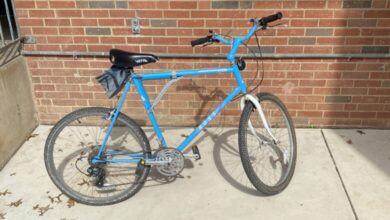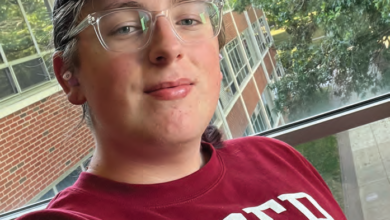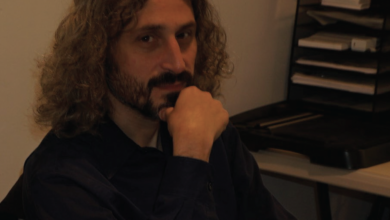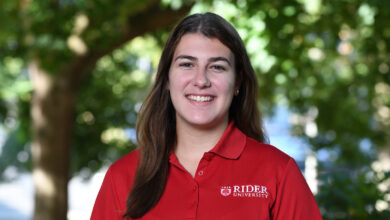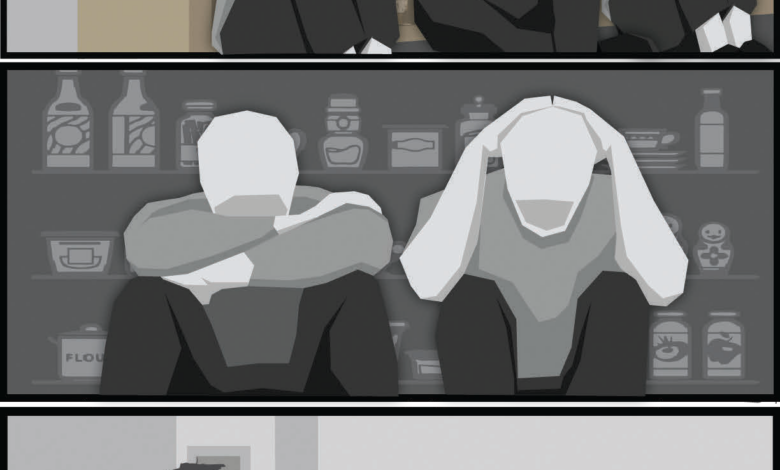
Students share their experience during the shelter-in-place
By Felicia Roehm
LAST Monday after arriving at my 1:10 p.m. class in Lynch Adler Hall, a student raised her hand to tell the professor that we needed to shelter-in-place due to an unknown threat. At first, not many of us took it seriously. We just closed the blinds and locked the door. Our professor asked if we were all comfortable continuing the lesson and we all agreed. But when the second message was received a few minutes later: “We have received a threat of a potential active shooter. This is not a drill. Shelter in place. We will continue to provide updates.” Everyone started to have a look of panic, including myself. The classroom became really quiet and all you could hear was the movement of backpacks and chairs as everyone went to the back wall with their belongings. The lights were turned off, and everyone began to text their friends and family. We put tables up against the door and stacked some chairs as a barrier. Students were crying and I spent the entire 52 minutes frantically texting my sister.
Another student who was not in my class tried her best to remain calm and figure out the best place to hide. Megyn Kukulka, junior arts and entertainment industry management major, was sitting at Saxbys next to multiple large windows when she received the first message to shelter-in-place. She was with her roommate, and they both thought that the message was about the weather, due to the shelter-in-place on April 1 regarding the tornado warning; however, they were both confused because it was a sunny day.
“We weren’t sure if it was real or not, and then we started to get more notifications and people started to lock doors across from us. We decided to grab our stuff and go up to the storage room that Saxbys has because that’s the place that’s closed off [and] has limited access, and there’s a door and a window that are both locked,” said Kukulka.
The closet is located on the third floor of Sweigart Hall and once she and her roommate got to the closet and locked the door, they both began to text family and friends letting them know that they were safe. Kukulka went through a similar situation in middle school when her school was put on lockdown due to a potential shooter at a nearby elementary school.
“But I remember specifically sitting in my middle school history class hiding under a desk and all the students were instructed not to text their parents because they didn’t want to overcrowd the front of the school. But there were kids writing their wills on their phones and texting parents, panicking and crying,” said Kukulka.
She believes that a lot more needs to be done to prepare students, professors and faculty for any possible scenarios like this one in the future. She thinks that any threat should be taken seriously and she heard from some of her friends that professors continued to teach throughout the shelter in place, some not even locking their doors.
“For faculty to just kind of blow it off while students are clearly scared and concerned for their safety, then there is a lot that needs to be done,” said Kukulka.
A professor of hers mentioned that the last time she received any training for a possible shooter was five years ago, and she has been teaching at Rider for ten years. Kukulka believes she is really lucky to have found a place to hide and that there is a lot to learn from this situation.
Sophomore secondary education major Jared Hiller was giving a tour to four families, and as he was walking through Cranberry’s, a friend came up to him and told him about the messages. He wasn’t able to look at his phone because he was working, but the employees began to barricade the doors, so Hiller took the families behind the Wendy’s counter. His priority was strictly on the safety of the groups, saying, “It was scary because I had to make sure that the families were fine first because that is my job as a tour guide, to make sure they are OK before I am. But I couldn’t have a reaction because of the fact that they would be scared if I had a reaction.”
He tried to make small talk with them, but it was difficult because everyone was anxious. He told them that if they were not comfortable continuing the tour after the shelter-in-place, he would completely understand and could end the tour early. Hiller personally felt uneasy continuing the tour, but he had to put the families first, and the families were comfortable continuing once the shelter-in-place was over. He explained that one family was nervous, another family was having small talk with Hiller, a father in the third family works at Rutgers University as a public safety officer and was the most prepared for the situation, while the fourth family was relaxed and trying to order Wendy’s.
Hiller continued to update the families with every text he received. He was also texting his family and other tour guides to make sure everyone was alright.
“Everyone was texting us just making sure we’re OK because I understand that everyone was worried and anxious about it, but we couldn’t have those feelings at that moment, so it took extra time to process after the fact,” said Hiller. “On my way home, I began to process how it actually could have been a real thing and it would have been my duty and my responsibility to protect the families at that point.”
Once he began the tour again, he was not as focused and stuttered a lot more than usual. He did miss some small facts, but was also hyperfixated on all the people around him. He kept hearing students walk by and say, “I would never come here after something like this happened while I was on tour.” People were also staring at him and giving him weird looks because he was continuing the tour, but Hiller explained that this was his job and this was what he was supposed to do.
Hiller believes that safety needs to become more of a priority at Rider. He suggested that the university makes sure every door in every building can lock, and to enter a building, the students, professors and faculty have to swipe their ID to get in.
“The fact that we were all scared and anxious, and the fact that also teachers were not self-aware that this could have impacted so many people’s mental health but continued to go on during class, we all need to be more educated on the fact that this can impact more than just one person, it can impact a whole community, and it’s a bigger issue than we all think it is,” said Hiller.
